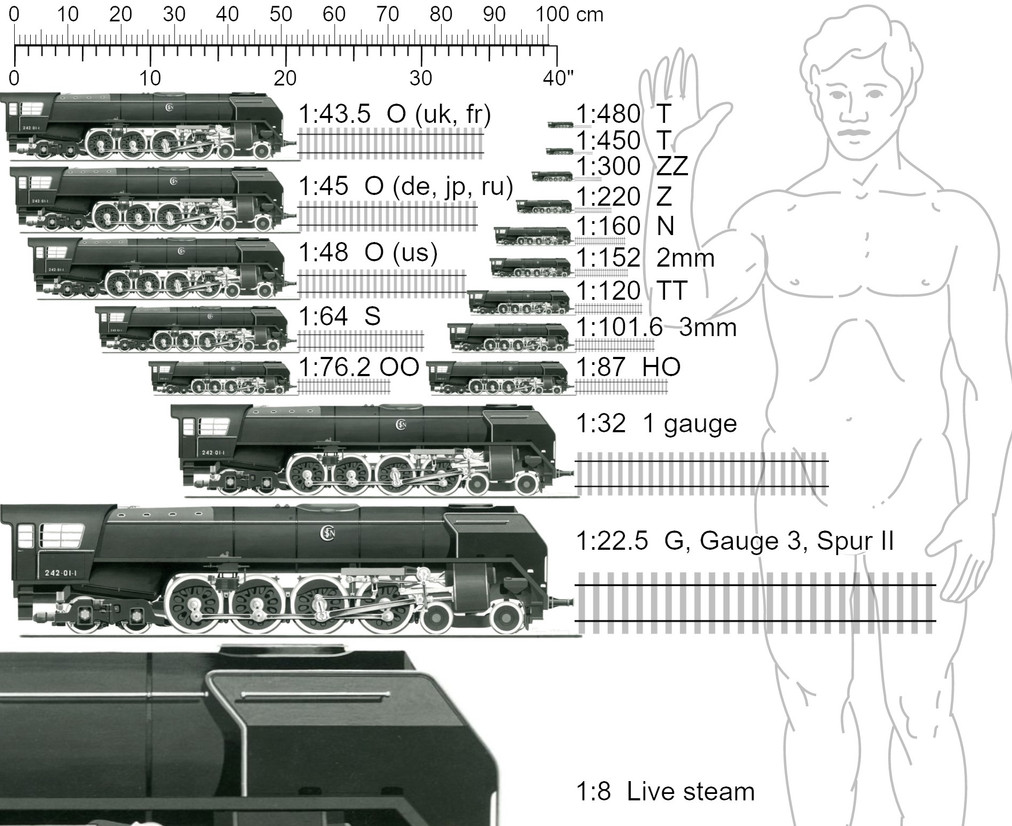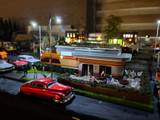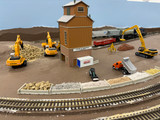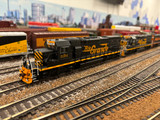Model Railroads: Choosing the Right Scale and Gauge
Model railroading is a beloved hobby that allows enthusiasts to recreate the fascinating world of trains and railways in miniature form. One of the essential decisions in starting a model railroad project is choosing the right scale and gauge. These two terms may sound similar, but they have distinct meanings and play crucial roles in determining the overall look and feel of your layout. In this article, we will delve into the world of model railroad scales and gauges and guide you through the process of selecting the best fit for your vision.
Understanding Scales and Gauges
Scale: In the context of model railroads, the term "scale" refers to the proportion by which the real-life trains and their surroundings are reduced to fit the miniature world. For instance, if a model train has a scale of 1:87, it means that one inch of the model represents 87 inches of the actual train. Common model railroad scales include HO scale (1:87), N scale (1:160), O scale (1:48), and G scale (1:22.5), among others.
Gauge: Gauge, on the other hand, pertains to the distance between the two rails on the tracks. It is typically measured in millimeters or inches. The most prevalent gauges in model railroading are HO gauge (16.5mm), N gauge (9mm), and O gauge (32mm).
It's essential to understand the distinction between scale and gauge, as they are not interchangeable. You can have different scales operating on the same gauge track, which means you need to ensure that your chosen scale and gauge are compatible.
Selecting the Best Fit for Your Vision
Creating a model railroad is a deeply personal endeavor, and the scale and gauge you choose should align with your vision and goals for the project. Here are some considerations to help you make an informed decision:
1. Space and Layout:
The available space for your model railroad is a significant factor in determining the appropriate scale and gauge. If you have limited space, you may want to opt for smaller scales like N or Z scale, which allow you to build more intricate layouts in confined areas. On the other hand, if space is not an issue, larger scales like O or G scale can provide an impressive level of detail and realism.
2. Realism vs. Convenience:
Consider the level of realism you wish to achieve in your model railroad. Smaller scales, such as N and Z, might sacrifice some minute details but can still deliver an engaging experience. Conversely, larger scales, like O or G, offer incredible realism but might require more space and investment.
3. Availability and Variety:
Certain scales and gauges have a broader range of available train models, scenery items, and accessories. Before making a decision, explore the market for the availability of locomotives, rolling stock, buildings, and other components that match your chosen scale. Here at Midwest Model Railroad we carry a full line of both Ho and N scale products and are in the process of expanding our O scale line.
4. Budget:
Model railroading can be an expensive hobby, and the scale you select will influence the overall cost. Smaller scales, such as N and Z, generally have more affordable options, while larger scales like O and G can be costlier due to their size and intricacy.
5. Skill Level:
Consider your experience and skill level in model railroading. Larger scales can be more forgiving during construction, while smaller scales require precision and attention to detail. If you're a beginner, starting with a more forgiving scale might be a wise choice.
6. Interests and Themes:
Your interests in specific eras, regions, or types of trains can influence your scale choice. Some scales are better suited for modeling certain time periods or types of railroads. Researching the historical context and themes you want to depict can guide your decision.
Conclusion
Choosing the right scale and gauge for your model railroad is a crucial step that will shape the entire project. Understanding the difference between scale and gauge and considering factors such as available space, desired realism, budget, and personal interests will help you make an informed choice. Whether you go with the popular HO scale for versatility or the majestic G scale for a grand display, the key is to select what resonates with your vision and brings joy to your model railroad journey. Happy modeling!
Recent Posts
-
Enhancing Your Model Railroad: Adding Spectacular Special Effects
Embarking on the journey of model railroading opens up a world of creativity and craftsmanship, wher
-
All Aboard the Wisdom Express: Life Lessons from Model Railroading
Embarking on the journey of model railroading opens the door to a world where imagination meets prec
-
Capturing History in Miniature: The Art of Prototype Modeling in the Model Railroad World
Prototype modeling in the model railroad world involves creating miniature replicas of real-life tra




